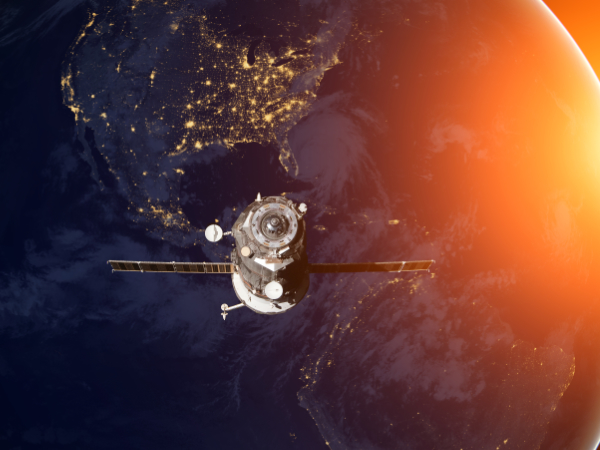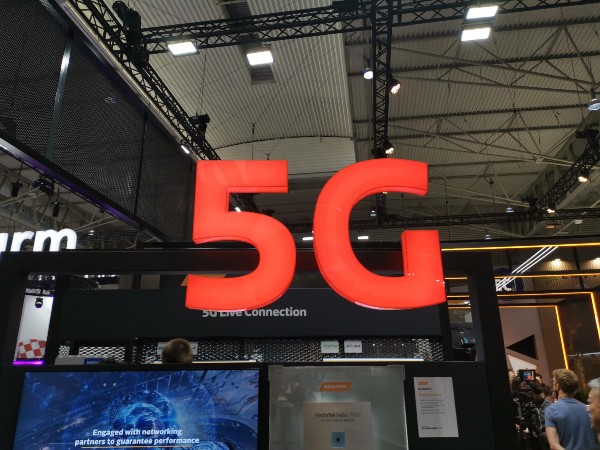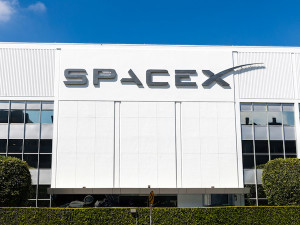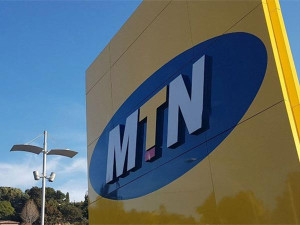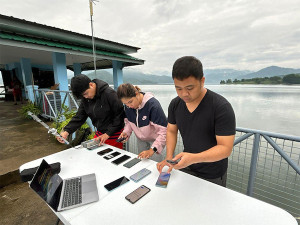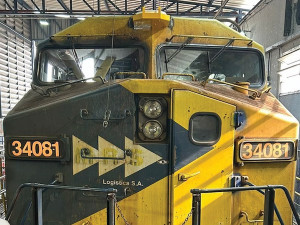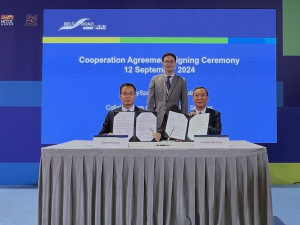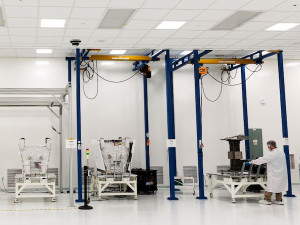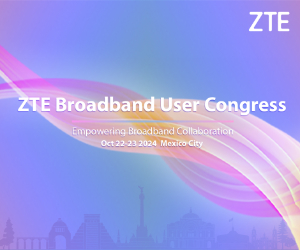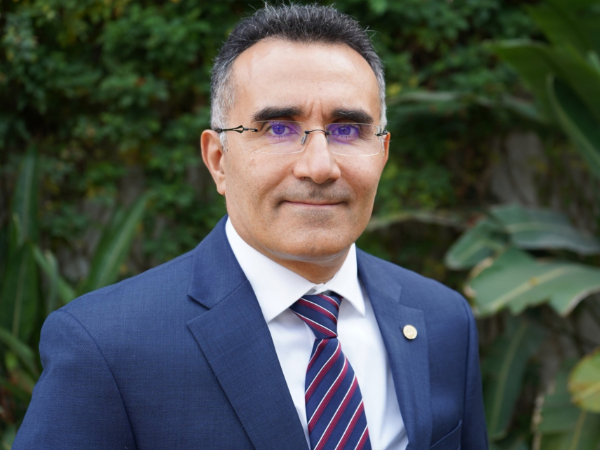The proliferation of Low Earth Orbit (LEO) satellites has caused a sea change in a sector which has long been dominated by geostationary orbit (GSO) providers.
Major new players with no previous presence in the sector have entered the fray - SpaceX’s Starlink is now a major challenger, and Amazon’s Project Kuiper is set become operational soon. The disruption has spooked incumbent GSO providers, prompting a spate of consolidation.
While LEO is unlikely to replace GSO, it offers benefits in terms of coverage availability and quality of service. It is also now affordable to launch LEO satellites and the low latency that they offer makes them suitable and commercially viable for advanced communications services, particularly in remote and unserved areas.
Learn more about Digital Satellite Solutions: Click here
This makes the technology especially well-suited to emerging markets, where fixed satellite access is helping to bridge the digital divide. LEO is also driving new use cases such as direct to mobile and IoT devices, as well as enabling satellite backhaul for 4G and 5G. Due to their low latency and high bandwidth, LEO satellites are also able to provide services comparable to 5G or fibre, making them ideal for mission-critical communications – such as defence or disaster relief – and advanced broadband for enterprise applications across business verticals such as shipping, aviation, and mining.
Despite these advantages, the complexity creates a host of new challenges - particularly within the IT environment, says Susan White, Head of Strategy and Portfolio Marketing at Netcracker. "On the operations side, LEO satellites have an extremely fast orbit, requiring a higher number of ground stations in more locations – which brings continuously changing topology into the mix as an additional challenge. The sheer scale of the operation is ramped up, with fleets going from hundreds of satellites to thousands."
The global reach of satellite is a further complicating factor – satellite providers are serving a vast range of customers worldwide, offering a diverse range of on-demand services. They must adapt their offerings and business models depending on whether their customer is an operator, enterprise, government, or consumer, as well as complying with hundreds of country-specific regulatory requirements and handling sensitive customer data across these markets.
There are also significant financial hurdles to LEO adoption. The increased number of satellites requires investing in more ground stations including in hard-to-reach areas such as the Poles, plus LEO satellite lifespans are much shorter than those of GSO satellites, meaning they must be replaced much more frequently.
"LEO is driving innovation, and it's also forcing a lot of the satellite industry to become more digitised – and a lot of the transformations that are happening in telco are starting to happen in satellite, which makes digital transformation solutions crucial", says White. "The challenges extend from running a highly dynamic network and dealing with many different types of services through to all the business aspects such as handling customers in different countries and providing simple digital channels that make it easy for people to purchase services and get the support. Addressing these challenges effectively requires a new IT environment as traditional BSS/OSS systems were never designed to accommodate these difficult requirements."
As a leading solutions provider for both telcos and satellite operators, Netcracker is uniquely positioned to rise up to the challenge. Using its telco IT as a foundation, Netcracker is launching its Digital Satellite Solution, which it describes as the first blueprint for satellite IT.
Netcracker already powers some of the most advanced satellite networks, including Telesat’s LEO and Viasat’s GEO fleet, is capitalising on this expertise to put together what it believes is the first blueprint for multi orbit satellite IT. This orchestrates end-to-end services across any orbit (or multi-orbit) and the terrestrial domains, enabling operators to deliver more premium services.
"With Netcracker’s solution operators can deliver and guarantee the best service quality at any time via an advanced operational network", notes White. "Netcracker has built off its existing BSS/OSS stack, adding new innovations that target the specific and stringent needs of the satellite industry as they are evolving to these new types of services. Bringing in best practice from both the telco and the satellite industry makes it easier and faster for other operators to deploy these solutions and commercialise their first offers."
A key challenge addressed by Netcracker’s Digital Satellite Solution is the need for real-time operations. It provides a continuous real-time view of the service at all times, allowing them to continuously make optimizations and manage service level agreements that change dynamically as they cover different zones. Complete automation and assurance systems embedded with AI are essential for end-to-end services, enabling predictions and fixes for anything that happens within the network’s closed loop.
Vast amounts of information are required in real-time across multiple domains - from satellites, terrestrial terminals (whether ground stations or mobile user terminals in ships or planes) all the way through to the telco networks. "Delivering on satellite use cases such as Direct-to-mobile/Direct-to-IoT and mobile backhaul will require much deeper telco integration than previously", says White. "The IT stack must be the connective tissue that brings all this information together from very different technologies across these domains, allowing providers to manage and deliver SLAs to customers as they traverse different coverage zones with different latencies and bandwidths." The solution can maintain these agreements in real-time, reporting any violations and resolving issues via responsive AI, and integrates them across the different domains.
On the digital BSS side, Netcracker delivers sophisticated business applications that enable operators to charge and bill for their services in many different ways, with a unified catalogue to support and create any type of offer. Operators have advanced tools to engage with customers in advance, designing networks and pricing offers correctly to maximise the business potential.
The BSS stack also offers a digital ecosystem engagement layer, which provides premium front end digital engagement and API-centric engagement for enterprise and wholesale partners, allowing providers to work with their customers more simply – from upfront ordering services to changing services, to visualising everything about the service that's useful for them and getting analytics and insights on how things have performed. All of this is based on a cloud native foundation that’s deeply embedded with AI, providing all the benefits of the cloud, agility and scale, but also the ability to distribute the cloud components or applications of the solution anywhere that's needed - whether it's for performance, monitoring, or regulatory reasons across the network.
This flexibility also applies to monetization. With existing satellite offers, there aren’t so many services and the monetization is relatively simple, but with the increased service complexity of LEO and new emerging services from GEO, providers need to be able to offer innovative business models that reflect their offering for different customers and partners, as well as dealing with specific country requirements – from languages to taxation. Netcracker’s Digital Satellite solutions facilitates advanced partner ecosystems, offering strong localization support and flexible monetization capabilities to address this complexity.
With the shift to more software-defined satellites, providers can more efficiently manage not just capacity, but the SLAs and types of services within that link to the customer. These technological advancements help operators make the most of the opportunities – if they have premium customers with stringent SLAs alongside hundreds of best-effort customers, they have to manage these effectively to maximize the value. Being able to engage with customers digitally and via APIs will be important, and flexible monetization platforms – serving any type of customer any plan in any country – will help businesses grow over time.
LEO is driving the satellite industry to integrate more deeply with telco networks and reach a global and highly diverse customer base – but to take advantage of these opportunities, operators will need a sophisticated BSS/OSS stack to meet the demanding operational and business needs of these new service offerings. By combining its expertise from both the telco and satellite sector’s, Netcracker’s Digital Satellite Solution is ideally positioned as the blueprint for satellite IT.
Learn more about Digital Satellite Solutions: Click here

